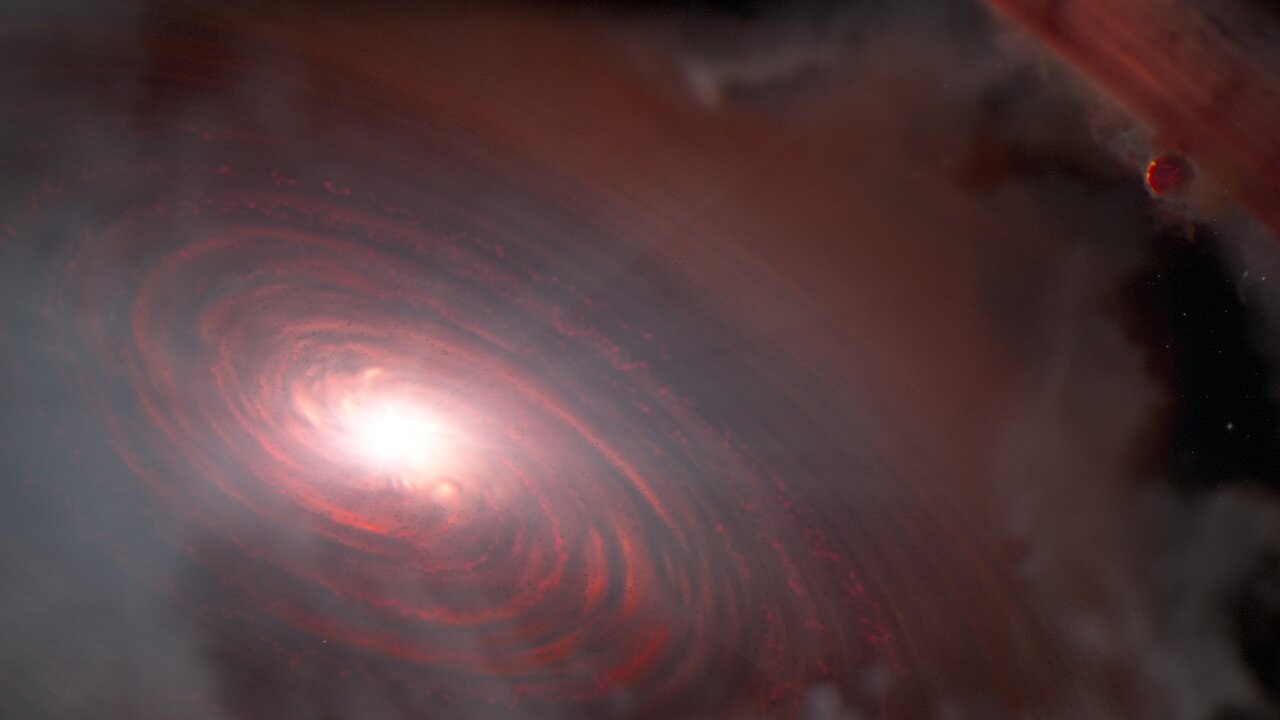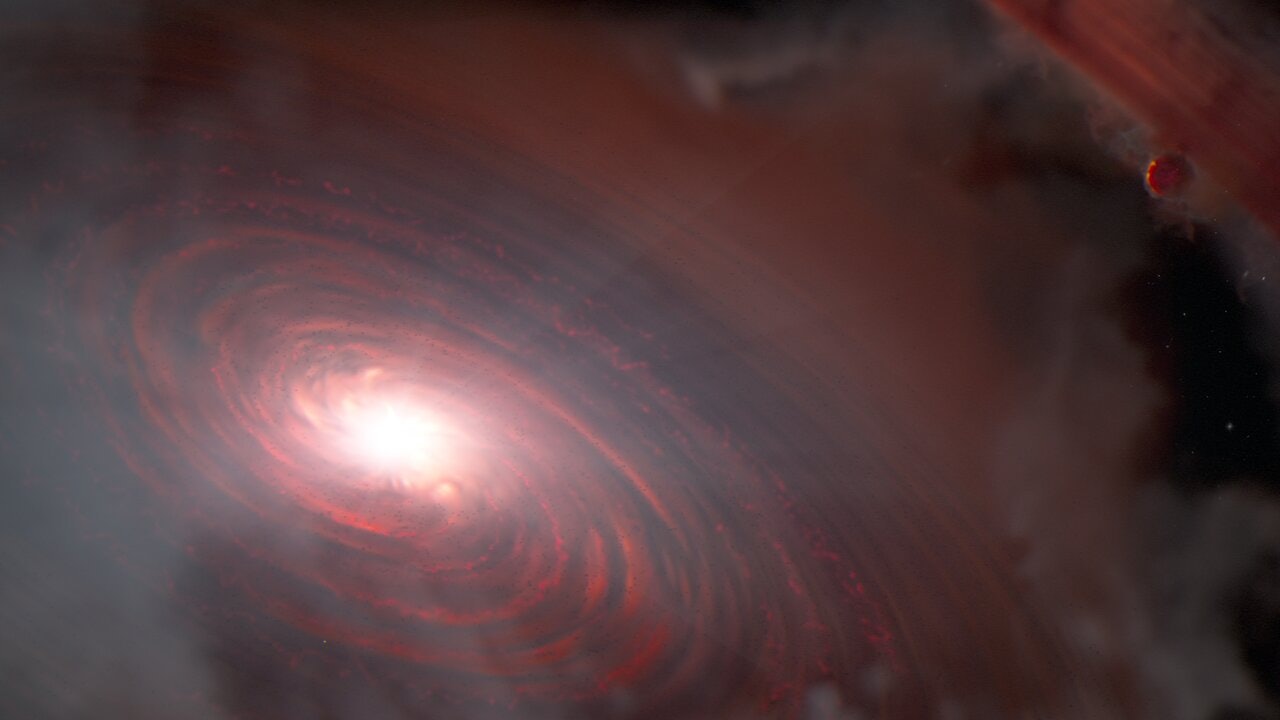
On Monday, European Space Agency (ESA) officials announced that the James Webb Space Telescope (JWST), the most powerful telescope to fly in space, had detected a special characteristic of a star-planet system: water vapor in a place around a distant star where rocky planets might be forming.
This water vapor was abundant enough to appear to the Mid-Infrared Instrument (MIRI), one of JWST’s four highly-sensitive science surveyors. JWST officials will harness the power of its other hardware to visually revisit this star at a later time, because the fascinating find raises a few questions. The answers might shed light on how Earth wound up being a blue planet.
ESA, which collaborates on JWST alongside NASA and the Canadian Space Agency, and which contributed half of the MIRI instrument, announced the water vapor detection in a statement published Monday. The findings are also outlined in a paper published in the journal Nature.

Why are astronomers excited about this discovery?
When JWST peered 370 light-years away into the star system PDS 70, it found signs of water vapor in the system’s innermost ring of rubble.
“MIRI has detected water vapor in the system’s inner disc at distances of less than 160 million kilometers from the star — the region where rocky, terrestrial planets may be forming (the Earth orbits 150 million kilometers from our Sun),” ESA officials wrote in Monday’s statement.
Much of this system is a protoplanetary disk, where dust and gas clusters loosely until a star zaps it with ultraviolet (UV) radiation, or blasts it out far away, or retains the material when it clumps together and forms planets.
PDS 70 already has two gas giants that orbit within the gap between two rings of rubble. This raises questions about why the water vapor appears so close to the star. If hydrogen and oxygen combined to form H2O in the outer disk, where space is colder and farther from the star’s destructive UV radiation, it would have somehow migrated closer to the star. And, it’s not clear how the water molecules would have traversed the gap where the two large exoplanets are sweeping around the star.
If, instead, the H2O molecules formed inside the inner disk, astronomers hypothesize that something like dust may be protecting the water vapor from coming undone because of stellar UV radiation.
PDS 70 and Earth
Humans are perpetually fascinated by origins, and few aspects of life on Earth are as critical as the presence of water.
Water flows on Earth, and scientists don’t completely understand why. Often, when astronomers research distant places, the data can inform how Earth and its companions in the Solar System came to be as they are today. And, vice versa.
Astronomers hope to study PDS 70 in the future with other instruments besides MIRI, like the telescope’s Near-InfraRed Camera (NIRCam) and the Near-InfraRed Spectrograph (NIRSpec).
“This discovery is extremely exciting,” Thomas Henning, a co-author of the paper and co-principal investigator of MIRI, shares in ESA’s statement. Henning is also the principal investigator of the MIRI Mid-Infrared Disk Survey, the program that peered into this fascinating world.
This finding, Henning says, probes a place where rocky planets similar to Earth typically form.
!["[T]he First and Fifth Amendments Require ICE to Provide Information About the Whereabouts of a Detained Person"](https://images.inkl.com/s3/publisher/cover/212/reason-cover.png?w=600)






